Yangon’s circular railway, often referred to as the Yangon Circular Railway, is more than just a transportation system—it’s a living, breathing microcosm of the city itself. Stretching approximately 46 kilometers and connecting 39 stations, this slow-moving train offers a unique window into the daily lives of Yangon’s residents. Unlike the bustling city center with its colonial-era buildings and modern developments, the circular railway takes passengers through neighborhoods rarely seen by tourists, revealing a side of Yangon that is raw, unfiltered, and deeply authentic.
The railway, which was built during British colonial rule in the 1950s, has remained largely unchanged over the decades. The trains themselves are relics of a bygone era, with wooden benches, open windows, and no air conditioning. For many locals, the circular railway is an affordable way to commute, costing just a few hundred kyats per ride. For others, it’s a mobile marketplace where vendors hop on and off, selling everything from fresh produce to homemade snacks. The rhythmic clatter of the train on the tracks blends with the chatter of passengers and the calls of vendors, creating a symphony of sounds that defines the journey.
One of the most striking aspects of the circular railway is its ability to traverse the city’s socioeconomic divides. As the train loops around Yangon, it passes through wealthy suburbs, industrial zones, and impoverished shantytowns, offering a stark contrast between the city’s haves and have-nots. In one moment, passengers might catch a glimpse of a well-maintained monastery with golden spires; in the next, they’re rolling past makeshift homes built from corrugated metal. This unvarnished view of Yangon’s inequality is both humbling and thought-provoking, forcing riders to confront the realities of life in Myanmar’s largest city.
The circular railway also serves as a vital link for Yangon’s working class. Many laborers, factory workers, and street vendors rely on the train to get to their jobs, often carrying heavy loads or baskets of goods with them. The train moves at a leisurely pace, averaging around 15-20 kilometers per hour, which means a full loop takes nearly three hours. For those with time to spare, however, the journey is a chance to relax, socialize, or even take a nap. The lack of urgency on the circular railway stands in sharp contrast to the frenetic energy of Yangon’s streets, making it a rare space of calm in an otherwise chaotic city.
Despite its importance to the city’s fabric, the future of the Yangon Circular Railway is uncertain. In recent years, there have been discussions about modernizing the system or even shutting it down to make way for more efficient transportation options. Proponents of modernization argue that the railway is outdated and inefficient, while preservationists see it as a cultural treasure that should be protected. For now, the trains continue to run, but the question of how long they will remain a fixture of Yangon’s landscape looms large.
For travelers, the circular railway offers an unparalleled opportunity to experience Yangon like a local. Unlike the city’s tourist hotspots, which can feel sanitized or staged, the railway is unapologetically real. Passengers share benches with monks in saffron robes, mothers cradling infants, and teenagers laughing with friends. The scenery outside the windows shifts from urban sprawl to lush greenery, with glimpses of the city’s iconic Shwedagon Pagoda appearing in the distance. It’s a journey that engages all the senses—the smell of fried snacks wafting through the carriage, the feel of the warm breeze through the windows, the sound of the train’s whistle as it approaches each station.
In many ways, the Yangon Circular Railway is a metaphor for the city itself: resilient, unpretentious, and full of contradictions. It’s a place where tradition and modernity collide, where poverty and wealth exist side by side, and where the pace of life feels both slow and hurried at the same time. Whether it survives for another decade or fades into history, the circular railway will always be remembered as a defining feature of Yangon’s identity—a testament to the city’s enduring spirit.

By Emily Johnson/Apr 28, 2025

By Noah Bell/Apr 28, 2025

By Christopher Harris/Apr 28, 2025
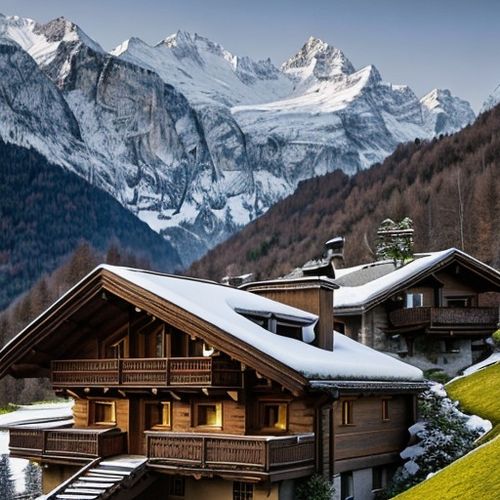
By Samuel Cooper/Apr 28, 2025

By Sophia Lewis/Apr 28, 2025
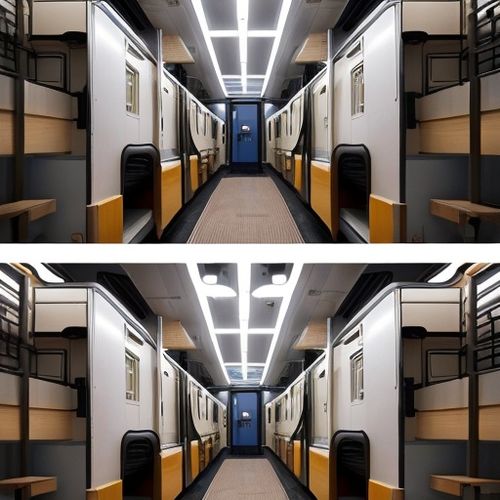
By Daniel Scott/Apr 28, 2025
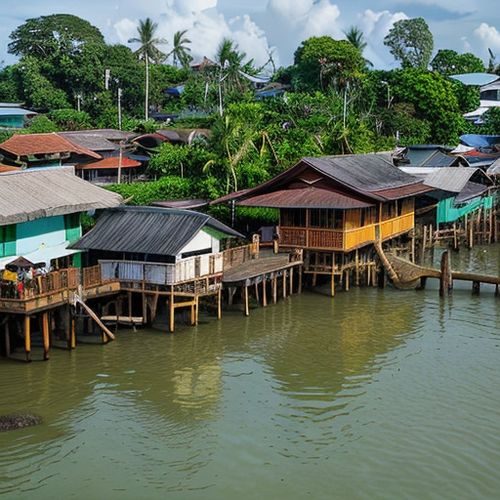
By Joshua Howard/Apr 28, 2025
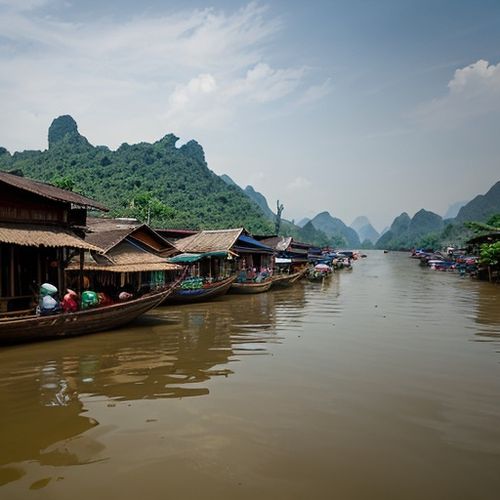
By Daniel Scott/Apr 28, 2025

By Lily Simpson/Apr 28, 2025

By Victoria Gonzalez/Apr 28, 2025

By Benjamin Evans/Apr 28, 2025

By William Miller/Apr 28, 2025
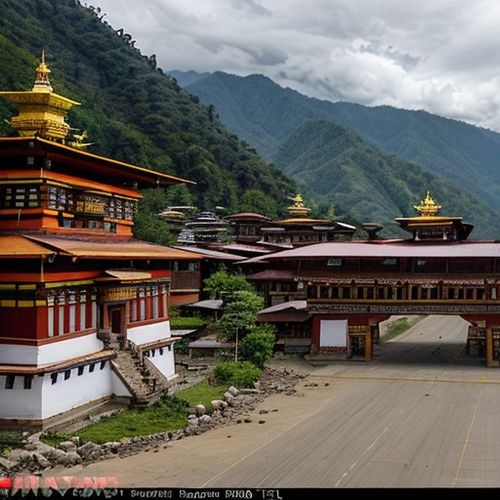
By David Anderson/Apr 28, 2025

By Sarah Davis/Apr 28, 2025

By Victoria Gonzalez/Apr 28, 2025

By Victoria Gonzalez/Apr 28, 2025

By Amanda Phillips/Apr 28, 2025
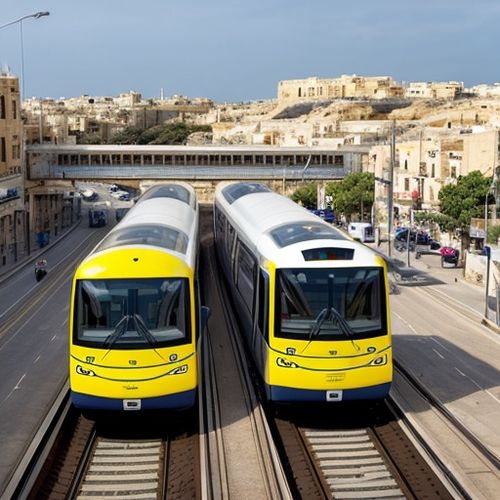
By William Miller/Apr 28, 2025
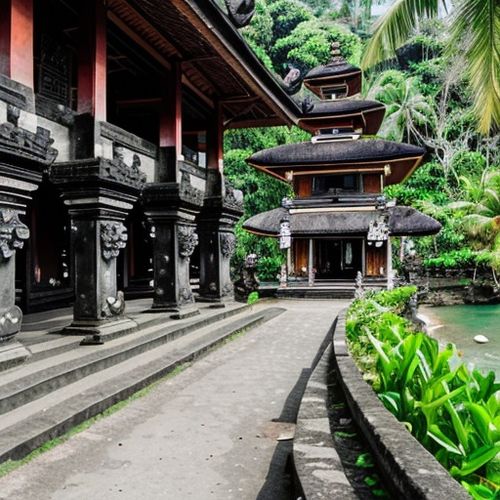
By David Anderson/Apr 28, 2025

By Megan Clark/Apr 28, 2025